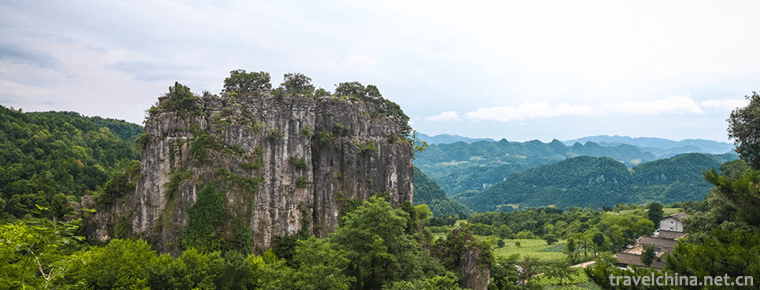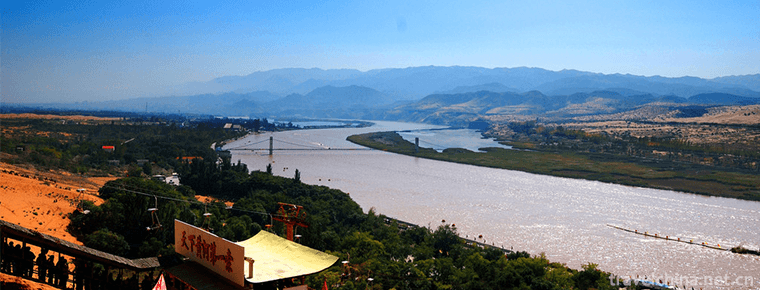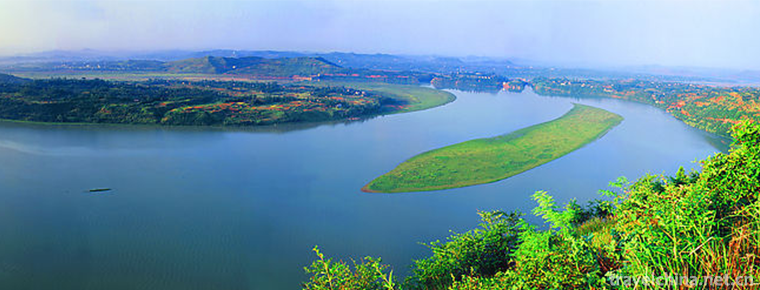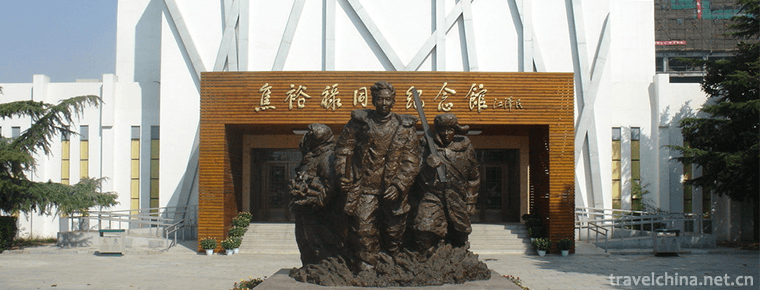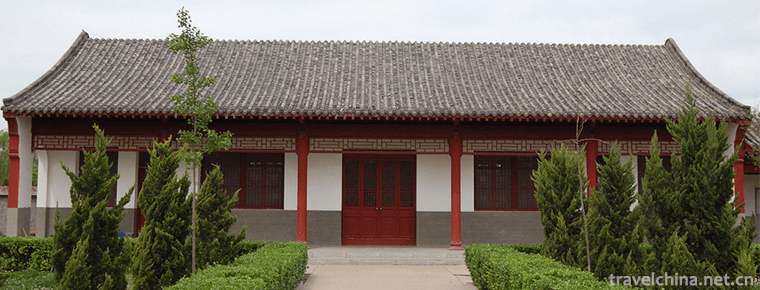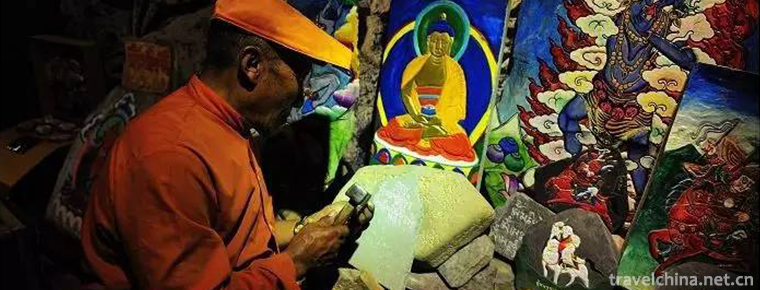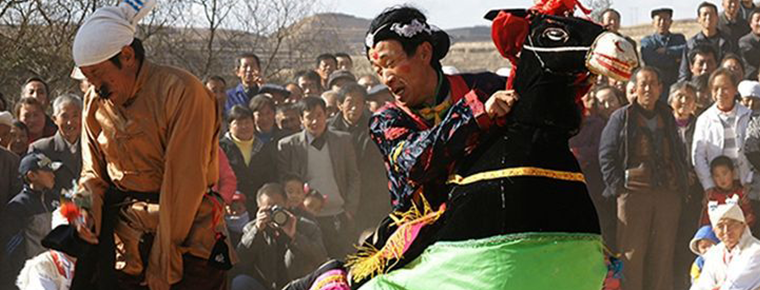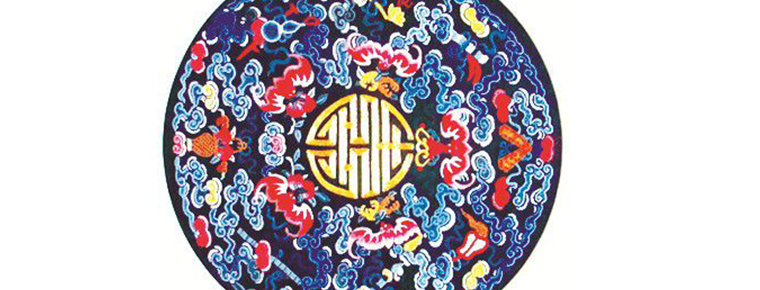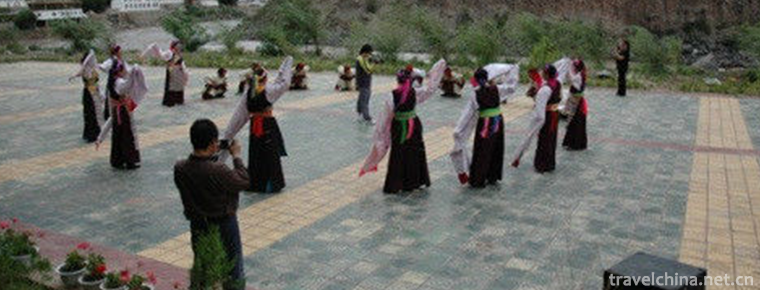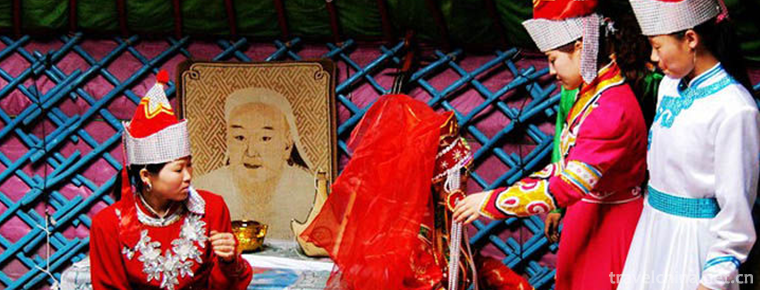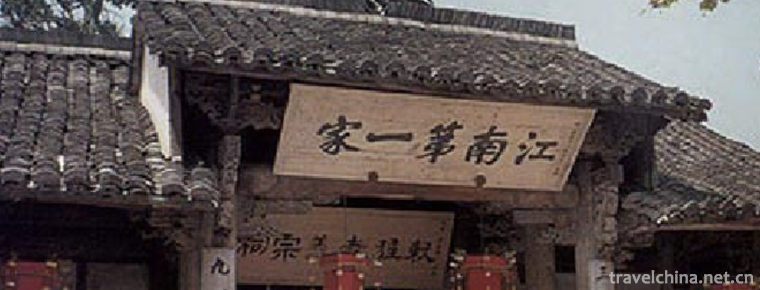Drug Market Customs
Drug Market Customs
Declaration area or unit: Zhangshu City, Jiangxi Province
Pharmaceutical market is a trade fair held regularly in the centralized distribution center of traditional Chinese medicines with historical origin. There are more than 110 centralized distribution centers of traditional Chinese medicines formed in the past dynasties. They have a wide influence in the whole country. They have complete functions of collecting, planting, making and using. They have a large amount of distribution and active trade in the four pharmaceuticals markets of Anguo, Camphor Tree, Baiquan and Yucheng. "."
Yao Wang Hui is a type of traditional temple fair, which appeared in Tang Dynasty. Sun Simiao, a famous doctor, is the industry God of traditional Chinese medicine and is respected as the "king of medicine". In addition, other famous doctors have been regarded as the "king of medicine" in a certain region in history. The temple fairs with King Yao as the God of faith are called "King Yao Hui". Most of the famous drug markets were developed by King Yao Hui, and some of them originated from the market trade of medicinal materials.
In addition to the drug trade, each drug market has formed its own trading rules, sacrificial rituals and traditional Chinese opera performances, entertainment activities and other folk customs, attracting the participation and appreciation of the broad masses of people outside the traders, making the drug market an influential local mass gathering place.
Zhangshu City is located in the central part of Jiangxi Province and the southern margin of Poyang Lake Plain. It has been the "main thoroughfare of eight provinces and the bustling city of industry and Commerce in central Jiangxi Province" since ancient times. Zhangshu began to appear in the Three Kingdoms, but in Tang Dynasty there was a medicine market. By Song Dynasty, it had formed a medicine market. In Ming Dynasty, it was known as "drug terminal". After entering Qing Dynasty, Zhangshu became "the collection of medicinal materials of North, South, Sichuan and Guangzhou". Practitioners of the "camphor gang" strict rules, processing techniques of Chinese herbal medicines excellence, forming a unique camphor medicinal custom.
In the Republic of China, traditional Chinese medicine was restricted, the market of traditional Chinese medicine was cut off, and the production and trade of medicinal materials were declining. Even so, camphor tree could still maintain its position in the provincial total market of medicinal materials. Since the founding of New China, Zhangshu has held a national drug Fair every year, which involves a wide range of regions, a large number of visitors, a large number of varieties and amounts of money. It ranks first in the national market of medicinal materials in North and South China. Therefore, the name of "medicinal capital" of Zhangshu has gradually risen and is highly respected by colleagues in the pharmaceutical industry at home and abroad.
Cinnamomum camphora medicinal customs include the trade customs of medicinal materials, processing of traditional Chinese medicine, medicinal diet, medicinal beliefs and other aspects. As a regional culture, its historical and cultural value can not be ignored. Today, the pharmaceutical industry is still one of the pillar industries in the economic development of camphor tree.
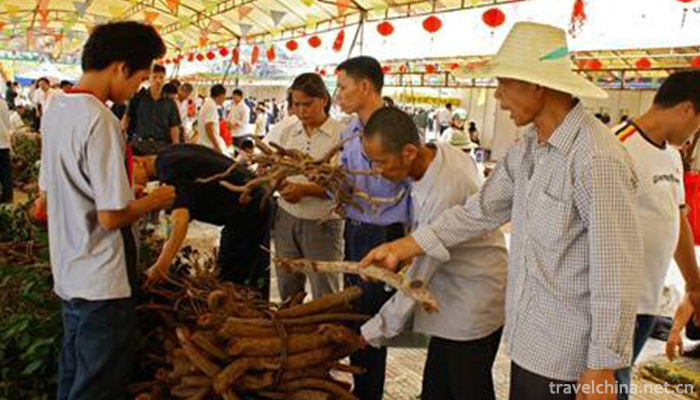
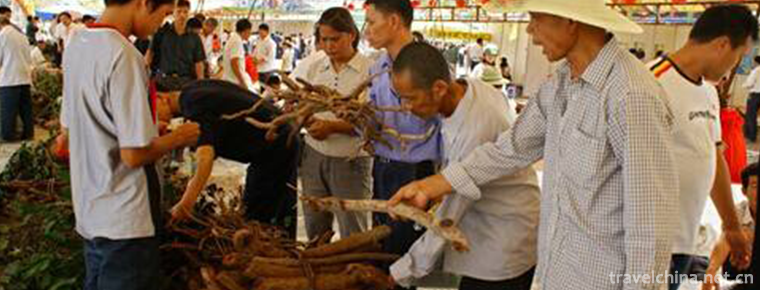
Drug Market Customs
-
Zengjiashan Scenic Area
Zengjiashan Scenic Spot is located in Chaotian District of Guangyuan City, south foot of Qinba and the combination of Sichuan and Shaanxi. It covers 6 townships and townships with 70,000 people
Views: 144 Time 2019-01-04 -
Scenic Spot of the Source of the Yellow River
Kariqu, one of the sources of the Yellow River, started with five springs, and Maqu, the other with only one springs. This is the source area of the Yellow River. Tourists here can't imagine that the
Views: 185 Time 2019-01-18 -
The First Sangzi in Jialing
The first Sangzi of Jialing is located in Peng'an County, Sichuan Province. Peng'an is the home of Sima Xiangru, a great poet of the Han Dynasty. It is located in the northeast of Sichuan
Views: 136 Time 2019-01-21 -
Jiao Yulu Memorial Park
Jiao Yulu Memorial Park (formerly Jiao Yulu Martyrs Cemetery) was built in February 1966. It is located on the old embankment of the Yellow River in the north of Lankao County, Kaifeng City
Views: 168 Time 2019-01-22 -
Yicheng Temple Scenic Spot of Sun Bin Tourist City
Sun Bin Tourist City is located in Jishan Town, 20 kilometers northeast of Juancheng County, Heze City, Shandong Province. Juancheng is the hometown of Sun Bin, a famous
Views: 87 Time 2019-02-13 -
Tibetan Gesar Painted Stone Carvings
Tibetan Gesar painted stone carvings belong to a relic of Chinese Tibetan Gesar culture. They are mainly distributed in Seda, Shiqu and Danba counties in Ganzi Tibetan
Views: 136 Time 2019-04-06 -
Jingbian donkey
Jingbian Donkey Running, a traditional dance in Jingbian County, Yulin City, Shaanxi Province, is one of the national intangible cultural heritage.
Views: 287 Time 2019-05-08 -
Manchu embroidery
Manchu embroidery, commonly known as "needle embroidery", "tie flowers" and "embroidery", was originally popular in the vast rural areas where Manchu people lived togethe
Views: 274 Time 2019-05-16 -
Mangkang Trichord Dance
Sanxian Dance originated in Quzika Township, Mangkang County, Changdu District. It has the unique charm of simplicity, elegance, melodiousness and ease, and is deeply loved by the masses. Passengers p
Views: 221 Time 2019-05-22 -
Mongolian Wedding
Mongolian young men and women marry on auspicious days, and men give gifts to women's homes. The gifts include cash, clothes, cloth, jewelry, rice and so on. There are cabinets, bedding, clothes, jewe
Views: 155 Time 2019-06-03 -
Construction Techniques of Wuzhou Traditional Residential Buildings
On June 7, 2008, Wuzhou traditional residential construction techniques were approved by the State Council and listed in the second batch of national intangible cultural heritage list.
Views: 211 Time 2019-06-30 -
Furong mountain
Furong mountain in Sichuan Province is a snow mountain, stretching for hundreds of miles. Furong mountain scenic area is composed of Furong mountain, Shunan hot spring, hanging coffin
Views: 137 Time 2020-10-16
